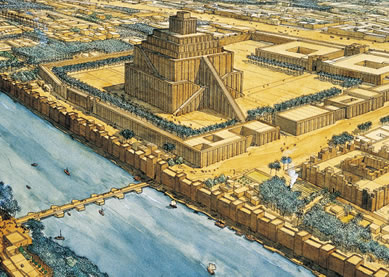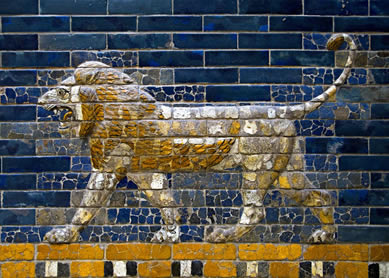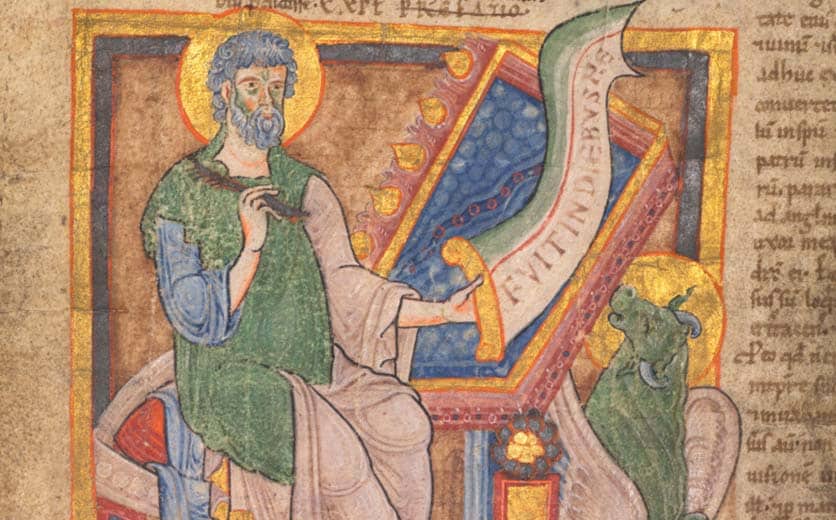The famous tower of babel story from
Given the strong “Mesopotamian touch” that characterizes the tower of babel story, one would assume that there must be plenty of Mesopotamian texts and materials relating to it. On close examination, however, this is not the case.
Since the time of the rabbis in late antiquity, people have searched for the city ruins and the tower of babel. According to Jewish and Islamic lore, it was King Nimrod (mentioned in
European Renaissance humanists further identified the tower of
The view that the mythical tower of babel was a memory of this historical building has become so compelling that modern scholars hardly question it. However, since the Hebrew word migdal, usually translated “tower,” could point to a fortress or citadel as well, and the story says nothing about a religious function of the tower, the equation is far from obvious.
The Primeval History of
To be sure, a Sumerian legend quoted in an epic entitled Enmerkar (King of Uruk) and the Lord of Aratta seems to ascribe to the god Enki the multiplication of human languages in antediluvian times. The passage (lines 134–55) has been labeled a “Sumerian version” of the “Babel of Tongues” by eminent Assyriologist Samuel Noah Kramer. However, according to
Because of the conspicuously sociopolitical message of this very short story, which expresses a fear of losing social cohesion, some scholars understand
Incidentally, this antiempire, antiurban reading is fully in line with the first creation account’s command (
Bibliography
- George, A. R. “The Tower of Babel: Archaeology, History and Cuneiform Texts.” Archiv für Orientforschung 51 (2005‒6): 75‒95.
- Hendel, Ron. The Book of Genesis: A Biography. Princeton: Princeton University Press, 2012.
- Hendel, Ron. “Genesis 1–11 and Its Mesopotamian Problem.” Pages 23–36 in Cultural Borrowings and Ethnic Appropriation in Antiquity. Edited by E. S. Gruen. Oriens et Occidens 8. Wiesbaden: Franz Steiner, 2005.
- Witte, Markus. Die biblische Urgeschichte: Redaktions- und theologiegeschichtliche Beobachtungen zu Genesis 1,1–11,26. Beihefte zur Zeitschrift für die alttestamentliche Wissenschaft 290. Berlin: de Gruyter, 1998.
- Uehlinger, Christoph. Weltreich und “eine Rede”: Eine neue Deutung der sog. ‘Turmbauerzählung’ (Gen 11,1-9). Orbis Biblicus et Orientalis 101. Freiburg: Universitätsverlag; Göttingen: Vandenhoeck & Ruprecht, 1990.




